New observations allowed astronomers to see, for the first time, the shadow of GW Orionis’ inner ring, which helped them figure out its 3D orientation.
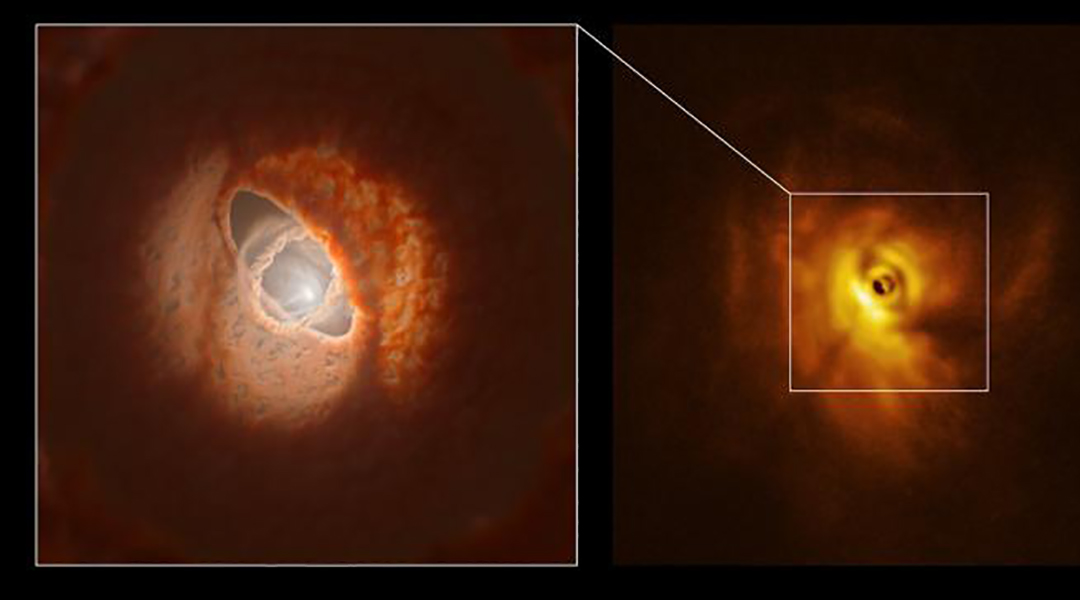

New observations allowed astronomers to see, for the first time, the shadow of GW Orionis’ inner ring, which helped them figure out its 3D orientation.
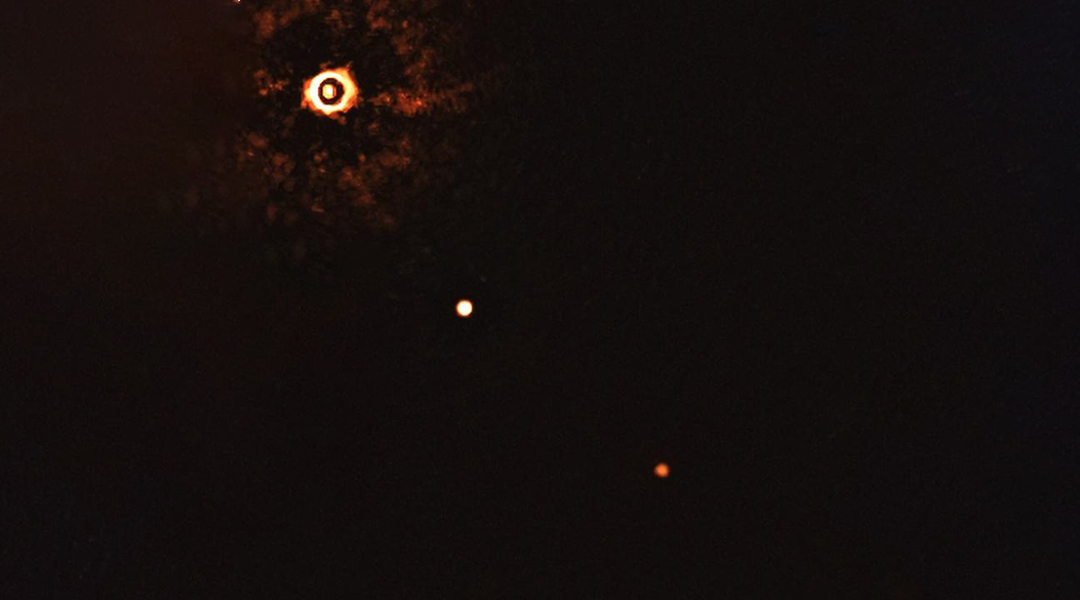
In a rare occurrence, astronomers have directly observed more than one planet orbiting a star similar to the Sun.
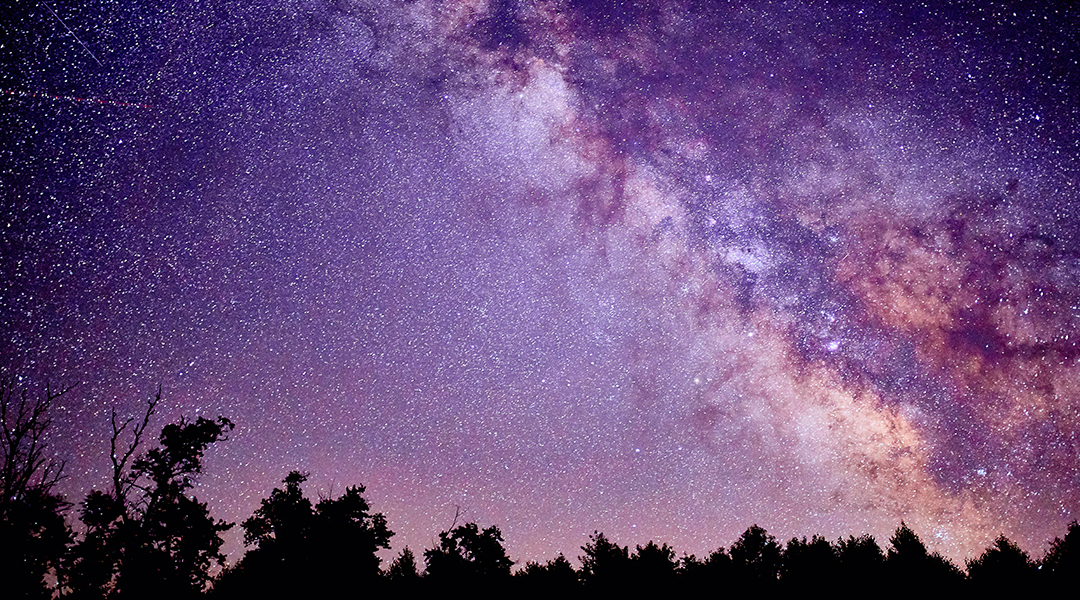
Plate tectonics are important for habitability, and it appears that the optimum conditions existed for planets forming early in the galaxy’s lifespan … and may be unlikely to easily recur.
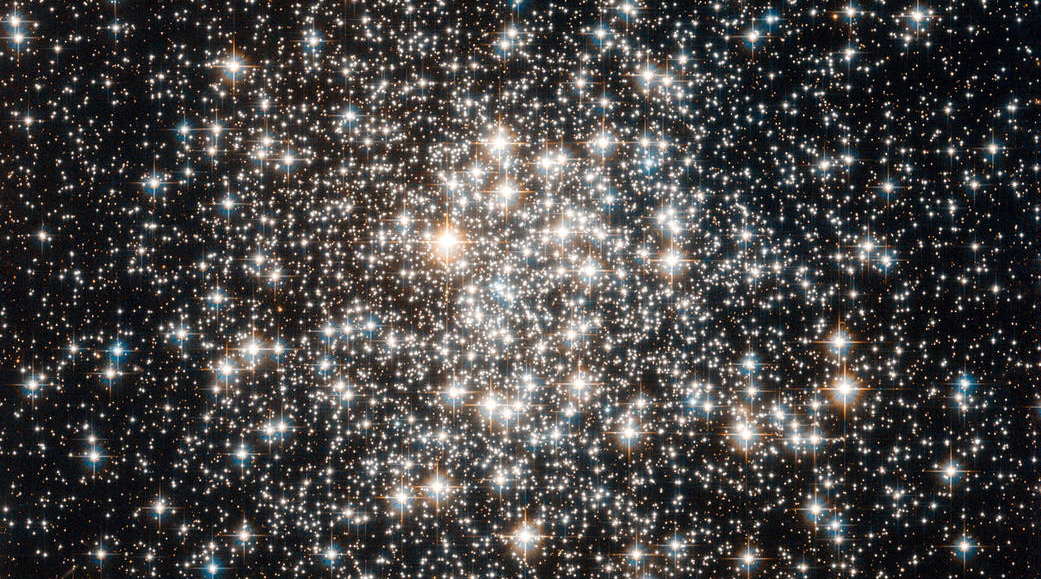
Through the noise, a class of stars reveals its inner workings; poor ‘social distancing’ identified using NASA space telescope
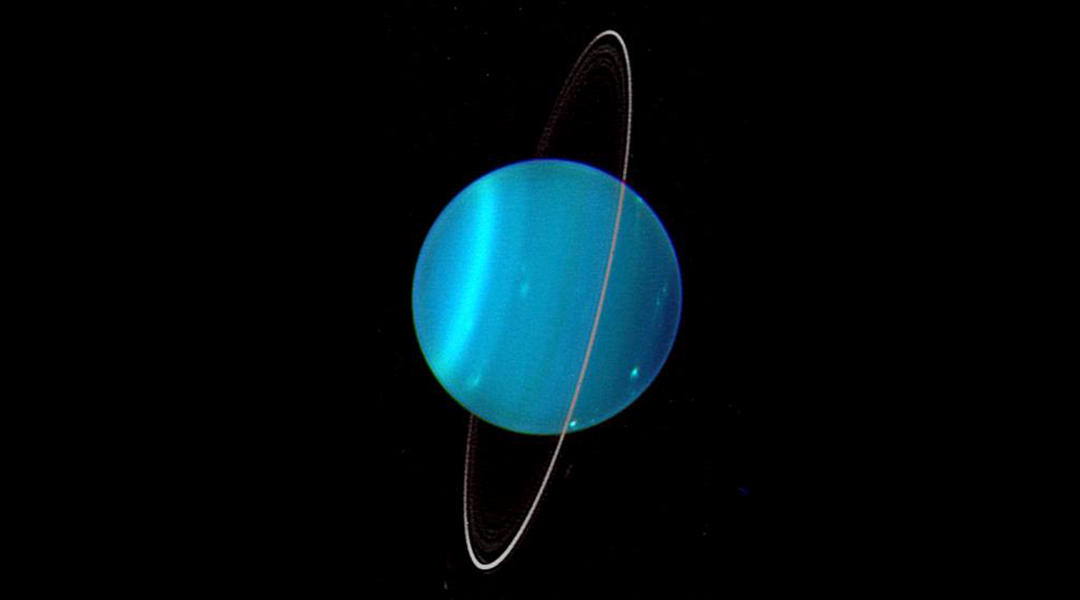
Uranus, its moons, and rings are all “tipped”, suggesting they formed during a cataclysmic impact early in its history.
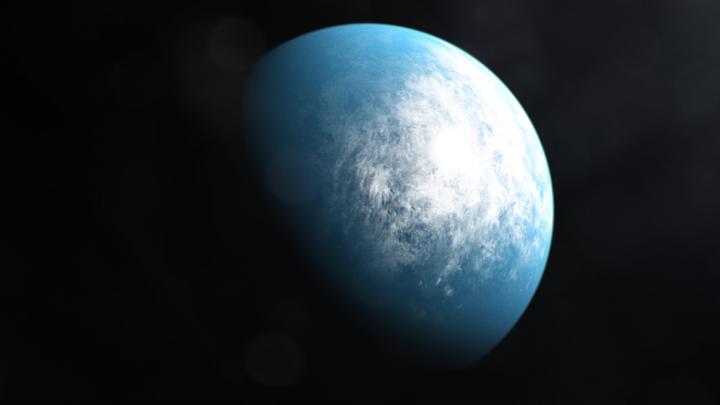
TOI 700 d is the first Earth-size habitable-zone world discovered by TESS.
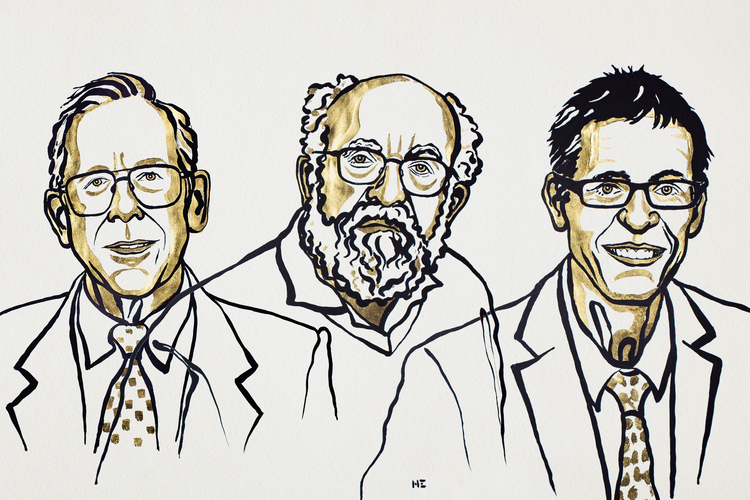
Prize awarded jointly to James Peebles “for theoretical discoveries in physical cosmology” and Michel Mayor and Didier Queloz “for the discovery of an exoplanet orbiting a solar-type star”.